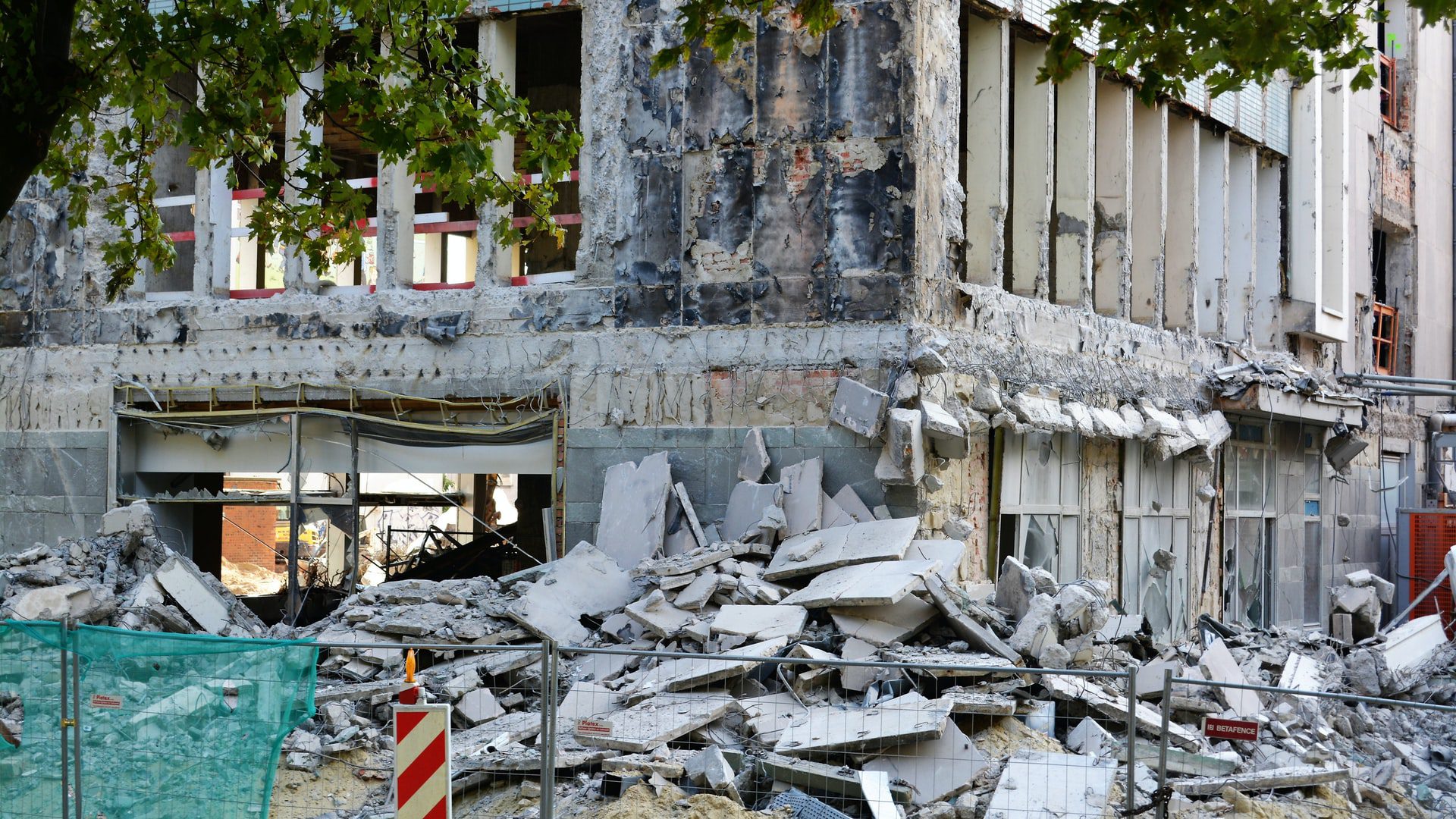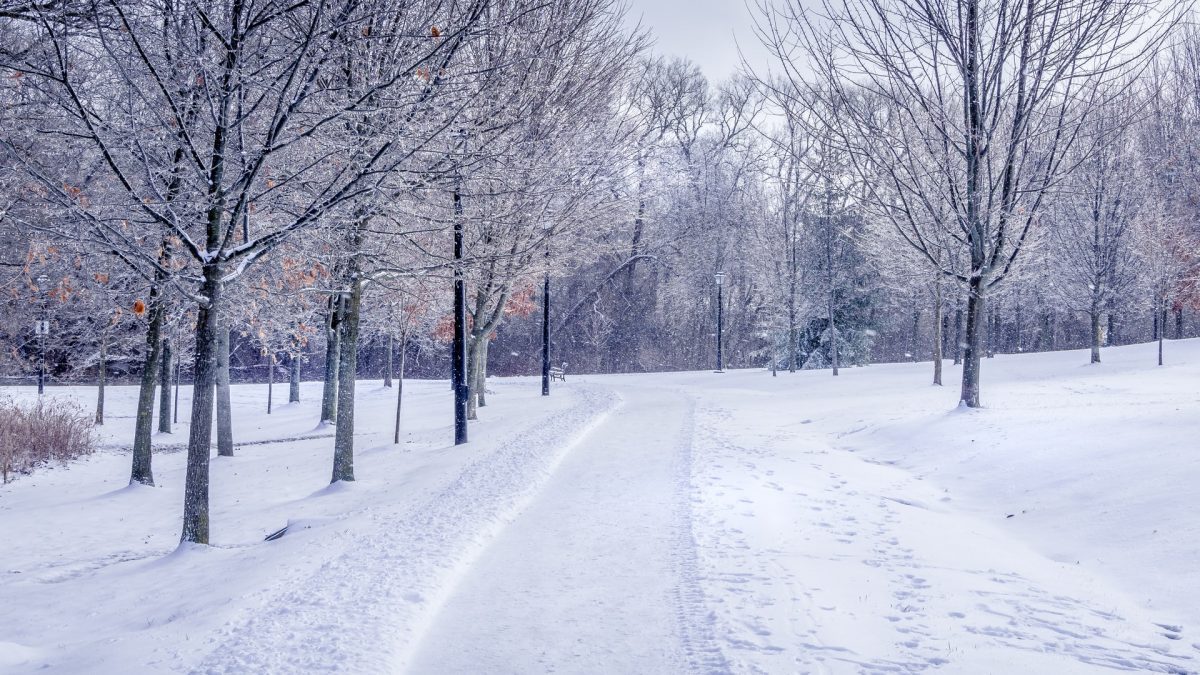
5 Factors to Consider when Buying your Home
November 19, 2019
Residential Earthquake Insurance Updates – 2019
November 22, 2019Prevent holiday mishaps with a few ways to winterize your home for cold weather.
Seeing snow for Christmas? If you live in a cold climate, white Christmases are fun: snow angels, snow men, hot chocolate and more. But winter also brings some potential problems for homes. The following nine ways may help winterize your home for cold weather and avoid insurance claims.
Zillow shares these top six weather-related homeowner claims:
- Water leaks
- Wind damage
- Hail damage (average claim cost: $10,000)
- Frozen pipes (average claim cost: $18,000)
- Roof damage from ice and snow
- Tree collapse (average claim cost: $6,000)
There’s never a good time to incur damage to your home – and holidays are even worse, with all the decorations, presents and company on the way. But with a little preparation, you can improve your chances of avoiding some seasonal misfortunes.
Protect the roof over your head
Start your steps to winterize for cold weather by inspecting your roof for damage, which can lead to a common source of home insurance claims: water leaks. Replace worn shingles for increased protection. Look for cracks or leaks at the flashings, where different roof sections meet, along with inspecting general wear and tear. Without proper drainage, snow and melted ice can seep down into ceilings and walls.
In cases of heavy snow or ice accumulation on your roof, simply waiting for it to melt may not be the safest way to go, due to the extra load on your roof. If you need to clear your roof quickly, use a long-handled snow rake or hire a professional snow removal service.
Keep drains and gutters clean
Clean your gutters at least twice a year, depending on where you live and how many trees are close by. Clogged gutters can cause a number of issues, particularly roof leaks. If gutters don’t drain properly, excess water can soak through shingles and eventually leak into your home. Along with the water damage incurred, this can cause mold to grow.
Water can enter a home through ice damming. Ice dams start with a snow accumulation. When the roof’s temperature is above freezing, but the outside temperature is below freezing, the snow begins to melt. Water runs down the edge of the roof and freezes, leading to a buildup (a dam) of ice and water. The water then backs up behind this dam, gradually leaking into the home.
Besides ensuring that gutters are cleaned, homeowners who are winterizing for cold weather should consider having heat tape or cable professionally installed along the gutter line. These hot wires also reduce the chance that metal roofs will tear or bend under the weight of heavy snow, says PropertyCasualty360.
Trim your trees
Ice, sleet and high winds can send branches or entire trees crashing down. Keep limbs that overhang or touch your house trimmed back regularly. Consider hiring an arborist to identify trees that may need significant pruning or even removal.
Protect your pipes
Frozen pipes can lead to expensive repair bills, so it’s crucial to inspect pipes as another step to winterize for cold weather. Ensure that water pipes outside the home, including the garage, are well-insulated. Set your thermostat at 68 degrees. Open cabinet doors to expose pipes to indoor heat and let faucets trickle overnight when temperatures dip below freezing.
Avoid furnace or boiler puffbacks
A puffback releases smoke or soot into the home when a boiler or furnace misfires. This can occur when a furnace or boiler does not ignite properly, allowing gas or oil vapors to build up inside the ignition/combustion chamber. When it does finally ignite, excess fuel in the chamber causes this puffback scenario. The result can be just a small amount of smoke up to a minor explosion, depending on how much fuel accumulated in the chamber. Not only are puffbacks expensive (and occasionally dangerous), but they are often caused by a non-covered cause of loss, says a furnace safety article from PropertyCasualty360.
Have your furnace or boiler checked prior to use each year. An HVAC professional will check for
- Fuel leaks in and around the combustion chamber
- Clogs in the exhaust/flue
- Damage in the oil nozzle and burner assembly
- Perform a “candle check” of the heat exchanger
Winterize for cold weather with home automation features
Smart thermostats can save as much as 12 percent on heating costs, paying for themselves in just a couple of years, says an article on reducing fall and winter property damage. Inside temperatures stay lower when no one’s home; then the heat comes on to welcome you to a warm environment when you walk in the door after work.
Fireproof your home
‘Tis the season for house fires. More fire deaths occur in winter months than at any other time of the year: Fireplaces, woodstoves and space heaters are in use. More electricity is used. And more cooking is done, increasing kitchen fire risks.
Homeowners can lower their risk of fire by:
- Testing smoke alarms regularly and replacing batteries when needed.
- Storing a fire extinguisher in the kitchen and garage, within easy reach. Check their expiration dates and have them recharged when necessary.
- Keeping candles away from flammable items like curtains, tablecloths or bedding. Never leave them burning unattended.
Avoid slip-and-fall liability claims
Holiday parties and gatherings mean more visitors to your home. Online shopping means more delivery people at your door as well. Bad weather can be the culprit for slip-and-fall lawsuits. Liability coverage included in a standard homeowners insurance policy helps protect insureds if someone is injured and files suit. So keep walkways to your home, along with the surrounding sidewalk, shoveled and salted. That slip-and-fall injury you’re preventing may just be your own.
Prevent winter burglaries
Porch theft is becoming more and more commonplace, especially during the holiday season. Homeowners can help minimize this risk by installing a home security system with cameras, lights and motion detectors. These systems can help prevent burglaries and theft and may also allow for a reduction in homeowners insurance premium.
By providing our colleagues, clients & all homeowners with these nine ways to winterize for cold weather, we hope to ensure the holidays will be merry and bright!

